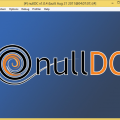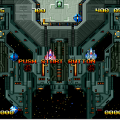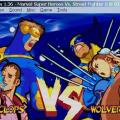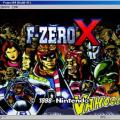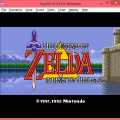- 0 replies
- 1,475 views
- Add Reply
- 0 replies
- 1,384 views
- Add Reply
MAMEplus! 0.105u1a released
XMAME and XMESS 0.105 released

16 April 2006xmame/xmess 0.105
xmame and xmess 0.105 are now available. If you recently upgraded to GNOME 2.14, please be sure to read the last entry in the list of changes for this release.
Changelog:
* Everything from MAME 0.105 (changes-mame.html) and MESS 0.105 (changes-mess.html).
* Fixed "-frames_to_run/-ftr" so that it works the same as on Windows.
* Fixed a memory leak in the plugin manager shutdown found by Valgrind. Bugzilla bug 850.
* The output of "-listroms (-lr)" now shows the correct driver name when it's run for all ROMs.
* Fixed a potential buffer overflow in the standard joystick driver. Bugzilla bug 821. (Pierre Riteau)
* In fullscreen mode, the display no longer appears underneath other windows when the window manager is Metacity 2.14.x. However, there's still a problem with keystrokes not being received, but you can use "-grabkeyboard (-gkb)" or left-ctrl + end as a workaround.
>> Get them HERE.
FakeNES 0.5.7 released

FakeNES 0.5.7 released.Posted Sunday, April 16th, 2006 @ 7:35 AM CST by randilyn
Change Log
Notes:
Save states have once again been updated to version 1.02. However, they *should* be fully backwards compatible this time! ^^;;
To avoid problems, it is highly recommended that you delete your configuration file before running this new version.
This release adds OpenGL support. However, the GUI was *really* not meant for that and thus is still kinda buggy and incomplete. For example, the Main->Open... dialog doesn't work at all. x_x
>> Get it HERE.

